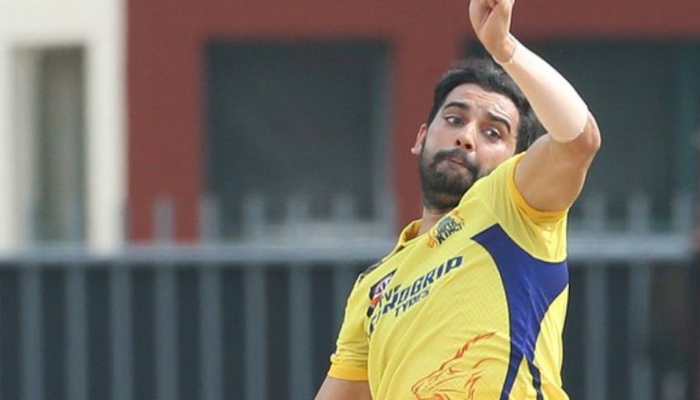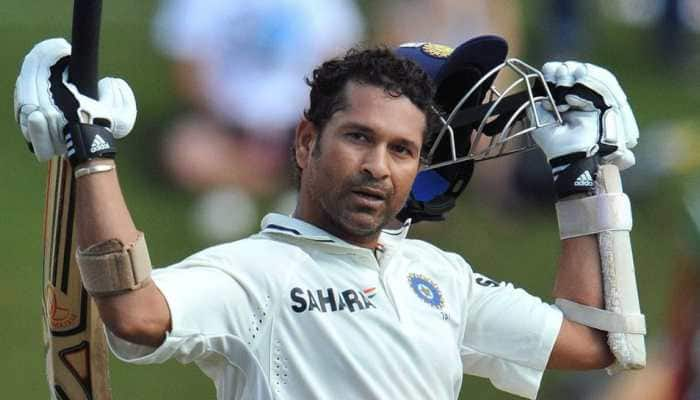26/11: SC upholds acquittal of Faheem Ansari, Sabauddin Ahmed
The SC on Wednesday upheld the acquittal of alleged Indian co-conspirators Faheem Ansari and Sabauddin Ahmed in the 26/11 Mumbai attacks case.
Trending Photos
)
Zeenews Bureau
New Delhi: The Supreme Court on Wednesday upheld the acquittal of Faheem Ansari and Sabauddin Ahmed, the two Indians who were alleged to be co-conspirators in the 26/11 Mumbai terror attacks case.
The trial court and the Bombay High Court had also given clean chit to Faheem Ansari and Sabauddin Ahmed in the case.
The SC bench held that evidence showed that the conspiracy and planning of the 26/11 carnage was hatched in Pakistan.
The Maharashtra government had appealed against the acquittal of the duo, who were accused of providing topographical details to Mohammad Ajmal Amir Kasab, the lone Mumbai terror attack accused captured whose death sentence was upheld by the apex court today.
During the hearing of the case in the Bombay HC, special public prosecutor Ujjwal Nikam had described Ansari and Ahmed as "co-conspirators" in the 26/11 attacks. Saying the trial court had erred in acquitting the duo by giving them the benefit of doubt, Nikam had cited 21 circumstances to establish how the duo was closely associated with LeT leaders Abu Kafa and Zaki ur Rehman Lakhvi, and had acted on their instructions to help carry out the terror attacks.
Nikam said both had prepared maps of target locations in Mumbai and passed them on to LeT in Pakistan which gave them to the 26/11 attackers.
Ansari had obtained a Pakistani passport on November 1, 2007 using forged documents. The passport was seized from him after his arrest in Uttar Pradesh in another case on February 10, 2008, Nikam said.
The passport carried Ansari`s photo and entries showed that he left Karachi on November 15, 2007, and arrived in Kathmandu in Nepal on the same day. The Pakistani government had confirmed that he had stayed in that country, Nikam said.
Soon thereafter Ansari visited Mumbai in December 2007 and sought admission in a computer institute under a fictitious name of Sahil Pawaskar. He stayed under the same name in a rented house in South Mumbai where targets of 26/11 attack were located, although he owns a house in a Mumbai suburb where his family lives, the prosecutor argued.
Ansari stayed in Mumbai till January 3, 2008, and again went to Nepal. Between January 4, 2008 and February 1, 2008, Naruddin Shaikh, a close of friend of Ansari, met him in Kathmandu and saw Ansari giving maps of Mumbai targets to Sabauddin Ahmed, said Nikam.
Nikam further pointed out that one of these maps was found in the pocket of slain terrorist Abu Ismael who was killed during the terror attack.
Justices Ranjana Desai and RV More then asked why the map found in Ismael`s pocket did not bear blood stains or wrinkles in that case.
The prosecutor said that Ismael had suffered bullet injuries in the left portion of the body while the map was found in his right side pocket. Nikam however conceded that although there were blood stains on corners of right pocket the blood drops had not percolated inside.
Explaining the absence of wrinkles on the map, Nikam said it was illogical to expect this. However, one can expect marks of folds on the map. Wrinkles can appear only when the map is spoilt or crumpled by the one carrying it, he argued.
In this case, the map had folds but not wrinkles, he pointed out. To prove his point, Nikam demonstrated by folding two pieces of paper and putting them in his pocket. The court was shown that they bore marks of folds but not wrinkles.
Nikam argued that the trial court had failed to ask Ansari to explain how his photographs and handwriting appeared on the admission papers of computer institute in fictitious name. Ansari had neither denied nor admitted this.
(With Agency inputs)
Stay informed on all the latest news, real-time breaking news updates, and follow all the important headlines in india news and world News on Zee News.
Advertisement
Live Tv
Advertisement







)
)
)
)
)
)
)
)
)
)
